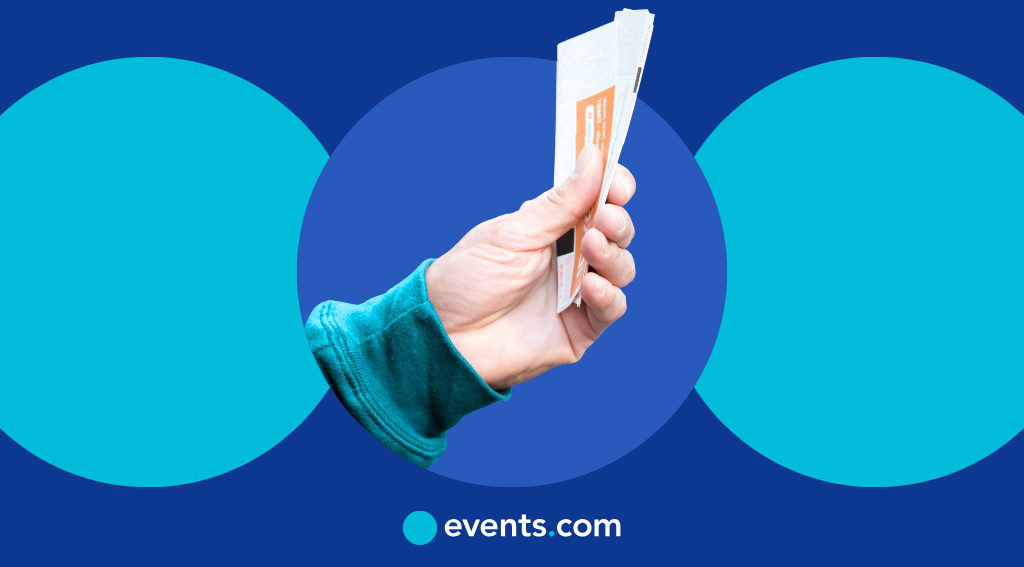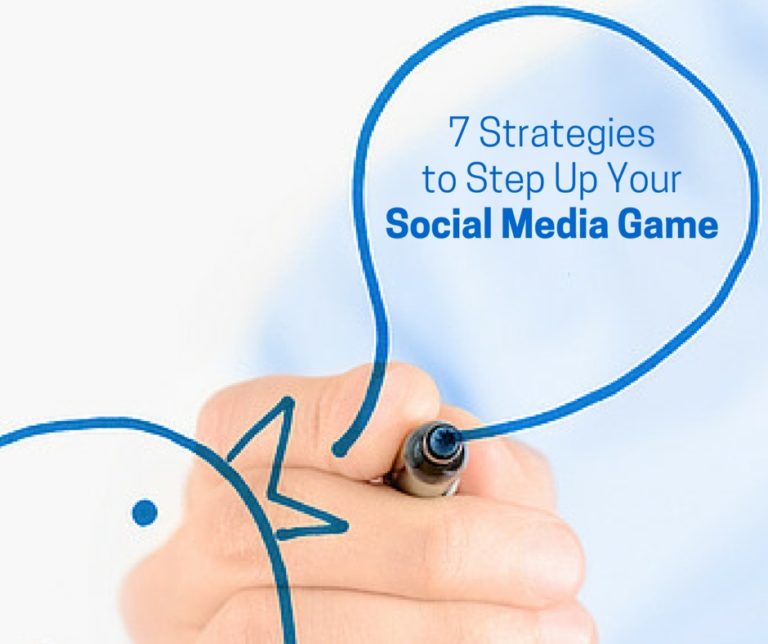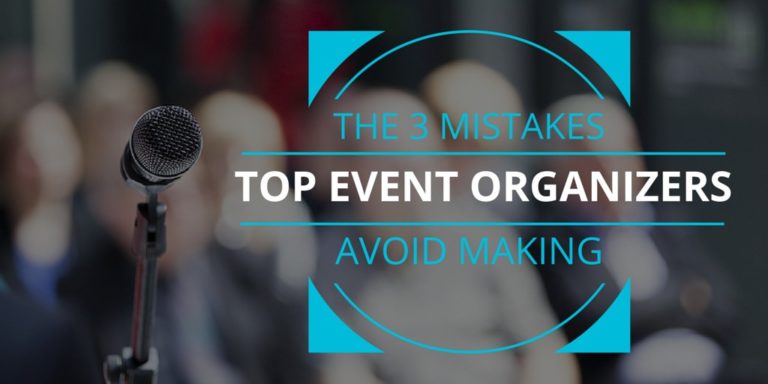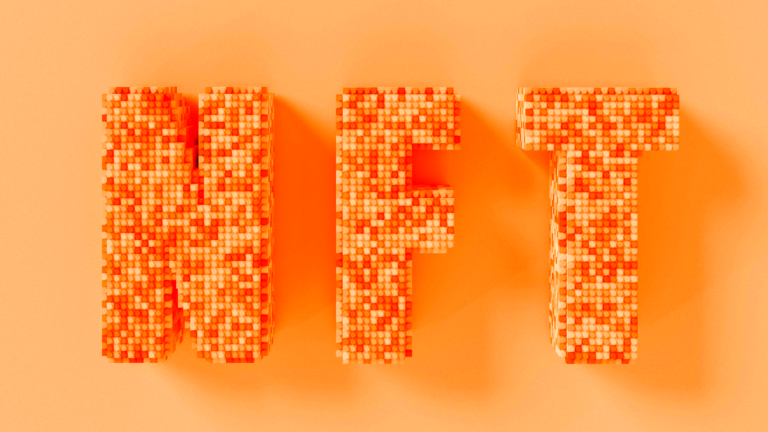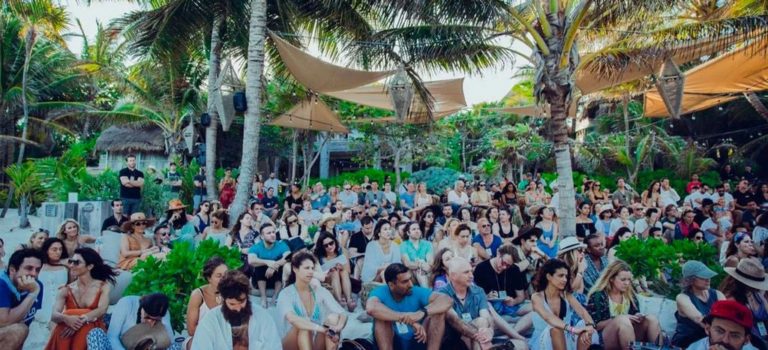Ever wondered why some events sell out in hours while others struggle to fill the room? More often than not, the difference comes down to pricing. Ticket pricing isn’t just about picking a number. It’s about psychology, timing, and value. The right ticket pricing strategies can boost sales, attract more attendees, and shape how people perceive your event.
Price it too high, and you risk scaring people away. Price it too low, and you may undervalue the experience you’ve built. Finding that balance is where the real magic happens. In this guide, we’ll explore proven ticket pricing strategies, from early bird discounts to AI-powered models, to help you maximize sales without losing attendees.
What this guide covers
- Proven ticket pricing strategies to maximize sales and attract more attendees
- Core pricing models like tiered, bundled, and dynamic approaches explained with examples
- Psychological tactics that influence buying behavior and boost conversions
- Future trends in event pricing, from AI-driven models to sustainability-focused strategies
Why ticket pricing strategies matter for events
When it comes to planning an event, ticket pricing is one of the most important decisions you’ll make. It doesn’t just determine how much revenue you’ll generate, it also influences how your event is perceived and how many people show up.
Strong ticket pricing strategies help you strike the right balance between financial goals and attendee experience. Get it right, and you’ll maximize sales while creating a sense of value that keeps people coming back year after year. Get it wrong, and you risk losing attendees, trust, and momentum.
A common mistake organizers make is relying on guesswork or sticking to a “one-size-fits-all” model. Pricing without research or strategy often leads to missed opportunities:
- Lost revenue from undervaluing tickets
- Lower turnout if prices feel out of reach
- Negative perception of your event’s quality
- Loss of trust if pricing feels inconsistent or unfair
The key is to see pricing not just as math, but as part of your overall event experience. A well-thought-out strategy communicates accessibility, fairness, and quality. It tells attendees, “This is worth your time and money.” And that message is just as important as the event itself.
Ticket pricing strategies 101: the core models
There’s no single formula for pricing tickets. Different events, and different audiences, call for different approaches. The good news? You’ve got plenty of options. Below are some of the most common ticket pricing strategies, with a closer look at how they work and when to use them.
Flat pricing
Flat pricing means everyone pays the same amount, no matter when they register or what level of access they want. It works best for straightforward events such as small community fundraisers, local concerts, or single-session workshops.
- Pros: Simple, transparent, and easy to manage. Attendees know exactly what they’re paying for.
- Cons: Doesn’t account for different budgets or attendee preferences. You may miss out on extra revenue from those willing to pay more for perks.
Tiered pricing
Tiered pricing gives attendees options, for example, General Admission, VIP, or All-Access passes. It’s a staple for conferences, trade shows, and festivals where the experience can vary depending on access level.
- Pros: Maximizes revenue by appealing to multiple event budgets and offering flexibility. Creates a sense of exclusivity for higher tiers.
- Cons: Too many tiers can overwhelm potential buyers and complicate the buying process.
Dynamic pricing
Dynamic pricing adjusts ticket costs in real time based on demand, timing, or availability. Prices often start lower and rise as the event fills up or the date approaches. This model, borrowed from airlines and hotels, is gaining traction in live events.
- Pros: Rewards early buyers, captures maximum revenue from last-minute demand.
- Cons: Frequent price changes can frustrate attendees who feel penalized for waiting. Transparency is key to avoiding pushback.
Early bird pricing
Early bird pricing is one of the most familiar strategies, offering discounted rates to the first wave of buyers. It not only drives urgency but also helps organizers secure cash flow early in the planning process.
- Pros: Creates early momentum, reduces uncertainty, and rewards loyal attendees.
- Cons: Late registrants may feel penalized if they miss the lower rate, so it’s important to clearly communicate deadlines.
Bundled pricing
Bundled pricing packages tickets with extras such as merchandise, food vouchers, or access to exclusive sessions. This approach enhances the attendee experience and boosts average ticket value.
- Pros: Adds perceived value, encourages attendees to spend more upfront, and differentiates your event.
- Cons: Increases complexity and may not appeal to attendees who only want the basics.
Content-only tickets
Content-only tickets let you monetize event content without requiring physical attendance. They open up revenue streams that go beyond ticket sales while extending the value of your content long after the live event.
- Pros: Adds long-tail revenue, expands reach to remote or international audiences, and maximizes the value of recorded content.
- Cons: May not appeal to attendees who prefer live interaction over on-demand content.
Micro-tickets and add-on access
Micro-ticketing allows attendees to customize their experience, spending more for exactly what they want. It works well for larger events with multiple sessions or optional extras.
- Pros: Unlocks incremental revenue from attendees who want more than the general pass, and provides a build-your-own experience.
- Cons: Can increase complexity and requires clear communication about what each add-on includes.
Smart segmentation ideas
Segment your audience strategically to reach new groups and create premium experiences. This approach helps attract new attendees while offering more tailored ticket options.
- Pros: Attracts new audience segments, encourages upsells, and increases revenue through tailored offerings.
- Cons: Requires careful planning to avoid confusing pricing tiers.
Each of these models can stand on its own, but many organizers find success by combining them. For example, pairing tiered pricing with early bird discounts not only maximizes early sales but also offers multiple entry points for different budgets. The real power lies in tailoring your strategy to your specific event type, audience, and goals.
Psychological ticket pricing strategies that work
The core models we just explored give you the structure for setting ticket prices. But structure alone isn’t always enough. To truly maximize sales, you also need to understand how people think and make decisions. That’s where psychological ticket pricing strategies come in.
Ticket pricing isn’t only about math, it’s also about psychology. How people feel about a price often matters as much as the number itself. By tapping into human behavior, you can design pricing strategies that not only drive sales but also increase perceived value.
Anchoring
Anchoring is the practice of showing a high-priced option first to make mid-tier tickets seem more affordable. When attendees see a $500 VIP package alongside a $250 standard ticket, the latter suddenly feels like a bargain while offering half the price for substantial benefits.
Charm pricing
Charm pricing uses the psychology of numbers to influence perception. A ticket listed at $99 feels significantly cheaper than one listed at $100, even though the difference is just a dollar. That small change can nudge hesitant buyers into committing.
Scarcity & urgency
Nothing moves people to action like the fear of missing out. Limited-time discounts, low-inventory alerts, or countdown timers trigger urgency and push attendees to buy sooner rather than later.
Perceived value
Sometimes the key isn’t lowering the price, it’s increasing the value. Packaging tickets with extras (like branded merchandise, priority seating, or networking opportunities) can make attendees feel they’re getting more than what they paid for.
Studies in consumer behavior show that people rarely make purchasing decisions in isolation, they compare. Anchors, price endings, and scarcity all tap into these natural decision-making shortcuts. When used ethically, psychological pricing strategies can boost sales and enhance attendee satisfaction, making your event feel both valuable and worth the investment.
And while these tactics work across many situations, their real power shows up when you apply them to the unique dynamics of your event. Let’s take a closer look at how different ticket pricing strategies play out for specific types of events, from conferences to concerts.
Ticket pricing strategies by event type
No two events are the same, and neither are their audiences. A pricing model that works for a local workshop may fall flat for a stadium concert. That’s why it’s essential to match your ticket pricing strategies to the type of event you’re running.
Conferences & trade shows
Conferences and trade shows usually attract a wide range of attendees, from students looking for networking opportunities to executives seeking premium access. Tiered pricing works especially well here. For instance, a tech trade show might sell a standard pass for $300, a professional pass with workshop access for $500, and a VIP pass with speaker dinners for $1,000. This layered approach caters to different budgets while increasing overall revenue. Bundled pricing is another smart option, particularly when you combine tickets with extras like digital resources or networking sessions. Attendees see more value, and organizers boost average ticket spend.
Festivals & concerts
Festivals and concerts thrive on energy and exclusivity, which makes dynamic pricing an effective choice. A summer music festival, for example, might launch early bird tickets at a lower price, then shift to dynamic pricing as demand increases and the event date approaches. Scarcity can also drive urgency, limited edition passes or a capped number of VIP spots encourage faster purchases. Alongside that, VIP packages, like stage-side access, priority entry, or exclusive lounges, can add significant revenue. Many attendees are happy to pay a premium for an unforgettable experience, which is why festivals rarely stop at just general admission.
Fundraisers & charity events
Fundraisers are unique because the goal isn’t just filling seats, it’s raising support. Flexible ticket pricing strategies such as pay-what-you-can or donor tiers work well here. A nonprofit gala, for instance, might offer $50 community tickets to keep the event inclusive, $150 supporter tickets for those willing to contribute more, and $500 donor tickets that include recognition and added perks. This approach allows everyone to participate while encouraging higher contributions from those who can give more.
Sports events
Sports events often take place season after season, which makes membership and season passes especially effective. A basketball team, for example, might sell season passes at a discount compared to buying individual tickets, while also offering a family bundle that includes four tickets plus merchandise vouchers. For one-off games or tournaments, tiered seating is a tried-and-true strategy, letting fans choose between budget-friendly seats in the upper levels or premium courtside experiences.
Workshops & classes
Workshops and classes typically draw smaller groups, so filling seats early is crucial. Early bird pricing works well here, a cooking class might sell the first 20 tickets at $79 before raising the price to $99 as the date gets closer. Referral discounts are another practical option, giving attendees a small price break if they bring a friend. And because charm pricing influences quick decisions, listing a ticket at $49 instead of $50 can nudge someone from “maybe” to “yes.”
When you tailor your ticket pricing strategies to the type of event you’re hosting, you not only boost revenue but also deliver a pricing experience that feels natural and fair to your attendees.
Factors that influence ticket pricing strategies
Even the best ticket pricing strategies won’t succeed in a vacuum. Your audience, your virtual event format, your physical or hybrid setup, and even the economy can all shape what people are willing to pay. Before setting prices, consider these key factors:
- Audience demographics: Who’s buying your tickets, and what can they afford? College students, for example, may respond better to early bird discounts or referral offers, while corporate buyers may value premium access or bundled packages.
- Event value proposition: What makes your event worth the price? A lineup of well-known speakers, headline performers, or exclusive experiences can justify higher price points. If the value is clear, attendees are more willing to invest.
- Market research: Competitor analysis provides a reality check. Looking at similar events in your niche helps you avoid pricing too far above or below market expectations, both of which can hurt sales.
- Location and venue costs: Hosting a conference in a major city comes with higher overhead than running one at a local community center. Ticket pricing should reflect venue expenses, logistics, and overall production quality.
- Seasonality and timing: Timing plays a huge role. A family festival scheduled during school holidays may support higher prices, while an off-season event may need lower entry points to attract attendees.
- Economic climate: Inflation and shifting corporate budgets in 2025 are influencing what people spend on events. Flexibility, like offering payment plans or tiered pricing, helps keep your event accessible, even when money is tight.
Ticket pricing isn’t one-size-fits-all. By weighing these factors before launching sales, you’ll set prices that feel fair to attendees while supporting your event’s financial goals.
Advanced ticket pricing strategies: maximizing sales without losing attendees
Innovative ticket pricing strategies can unlock new revenue streams, but they only work if attendees feel the pricing is fair and accessible. Here are advanced approaches you can explore, paired with important considerations to keep trust intact.
- Dynamic AI-driven pricing: Similar to airline and hotel models, AI can analyze demand, booking windows, and even competitor pricing to adjust ticket costs in real time. This can maximize revenue, but transparency is key.
- Membership models: Offering recurring subscriptions or season passes creates consistent revenue and builds loyalty. Keep tiers simple to avoid confusing your audience.
- Freemium + paid upgrades: Hybrid and virtual events can benefit from free general access, with paid add-ons for deeper engagement. Just ensure the free option feels valuable enough to draw people in.
- Referral & group discounts: Encouraging attendees to bring friends through group packages or referral codes grows reach and sales.
- Geo-targeted pricing: Adjusting ticket prices for regional income levels makes your event more inclusive while still maximizing sales.
Guardrails to Protect Attendee Trust
While advanced strategies can increase sales, avoid pitfalls that push people away:
- Don’t overcomplicate pricing: Too many tiers create confusion.
- Avoid hidden fees: Extra charges damage trust.
- Balance exclusivity with inclusivity: Premium passes are great, but general admission should still deliver value.
- Be transparent with refund and exchange policies: Clarity builds loyalty.
The real key, though, isn’t just choosing the right strategy, it’s testing and optimizing to see what truly works for your audience.
How to test and optimize your ticket pricing strategy
Even the smartest ticket pricing strategies need fine-tuning. What works for one event may not land the same way for another, and audience behavior can shift over time. That’s why testing and optimization are critical, they help you refine your approach so every event is stronger than the last.
A/B testing
One of the most effective methods is A/B testing. By offering slightly different ticket prices to different segments of your audience, you can see which option drives the best results. For instance, some attendees may respond better to a higher-priced ticket if it’s paired with added benefits, like VIP perks or early access, while others prefer the lower base price. Testing $99 versus $109, with clear differences in value, gives you real data on what combination of price and benefits maximizes both conversions and revenue.
Tracking metrics
Numbers reveal the story behind attendee behavior. Conversion rates show how many visitors actually purchase tickets, while cart abandonment highlights where buyers drop off. If a large number of people add tickets to their cart but don’t complete the purchase, it could mean your pricing feels too steep or your checkout flow needs refining. Tracking upsells, like how often attendees choose premium tiers, also helps you evaluate whether your pricing mix is working.
Post-event surveys
Post-event surveys give you direct feedback from the people who matter most: your attendees. Asking questions such as, “Did the ticket price reflect the value of this event?” can uncover insights you won’t see in your sales data. These perceptions are especially useful when planning future events of a similar type.
Iterating over time
Optimization is not a one-time effort, it’s a cycle. For recurring events like annual conferences or seasonal festivals, small adjustments from one year to the next can add up to significant improvements. Over time, you’re not just experimenting; you’re building a data-backed pricing strategy that evolves with your audience.
Testing and optimization ensure that your pricing approach never goes stale, instead, it grows smarter, more accurate, and more effective with every event you host.
Future of ticket pricing strategies in 2025 and beyond
Ticket pricing strategies are evolving as fast as the event industry itself. With new technologies and shifting attendee expectations, organizers in 2025 and beyond will need to stay adaptable. Here are the trends shaping the future of ticket pricing.
AI and machine learning in predictive pricing
Artificial intelligence is making dynamic pricing smarter than ever. Instead of adjusting ticket costs only by time or demand, machine learning algorithms can now factor in competitor prices, regional demand, and even social media buzz. This helps organizers set prices that reflect real-time market conditions while capturing maximum value.
Blockchain and smart contracts
Blockchain technology is creating more transparent ticketing systems. With smart contracts, ticket sales can be automated, resale limits can be enforced, and fraud can be reduced. For pricing, this means attendees have more trust in the fairness of the process, they know exactly what they’re paying for and why.
Subscription-based event access models
Just as streaming services have changed how people consume media, subscription models are starting to reshape events. Instead of buying single tickets, attendees may pay a monthly or annual fee for access to a calendar of events. For organizers, this model creates predictable revenue and builds stronger attendee loyalty.
Sustainability trends
Sustainability is no longer a side note, it’s a driving factor in how people choose which events to attend. In 2025, more attendees are willing to pay a premium for eco-conscious events, whether that’s a carbon offset built into the ticket price or discounts for local attendees who reduce travel. Pricing strategies that reflect these values don’t just generate sales, they build goodwill.
The future of ticket pricing is all about balance: using technology to maximize sales while aligning with attendee values like trust, transparency, and sustainability. Organizers who embrace these trends early will be well-positioned to meet the expectations of tomorrow’s event-goers.
Master ticket pricing strategies and grow your event
The right ticket pricing strategies can maximize sales, keep attendees engaged, and strengthen the value of your event. From early bird discounts to AI-driven models, success comes from finding the balance between accessibility and profitability.
Ready to put these strategies into action? Book a demo with Events.com today and see how our tools make it easier to price, sell, and scale your events.
FAQs about Ticket Pricing StrategiesÂ
- What is the best way to price tickets?
The best way to price tickets depends on your event type, audience, and goals. A mix of tiered pricing and early bird discounts works well for many organizers because it balances accessibility with revenue potential.
- What are the five most common pricing strategies?
The five most common ticket pricing strategies are flat pricing, tiered pricing, dynamic pricing, early bird pricing, and bundled pricing. Each serves different event needs.
- How can I use psychology in ticket pricing?
Techniques like anchoring (showing higher-priced options first), charm pricing ($99 vs. $100), and creating urgency with limited-time offers can all influence buying behavior.
- How do I know if my ticket pricing strategy is working?
Track data such as conversion rates, cart abandonment, and upsells, then follow up with post-event surveys. Over time, you can refine your strategy with A/B testing and attendee feedback.
